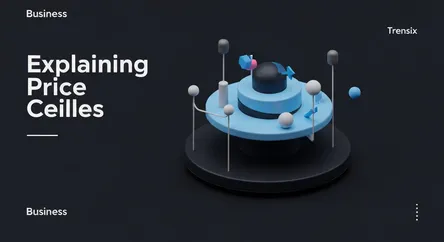Business
Explaining Price Ceilings

A price ceiling is a government-imposed limit on how high a price can be charged for a product. Learn how this economic tool works and its impact.
What is it?
A price ceiling is a government-mandated maximum price that can be charged for a good or service. Set below the natural market equilibrium price, its goal is to make essential items more affordable for consumers. This form of price control is often implemented during times of crisis, such as wars or natural disasters, to prevent sellers from exploiting consumers with excessively high prices. Common examples include rent control on apartments, caps on gasoline prices during a supply shock, or limits on the cost of basic food items.
Why is it trending?
Discussions about price ceilings often trend during periods of high inflation or when the cost of living rises sharply. With recent global increases in energy and housing costs, policymakers and the public are debating measures to curb prices. The topic gains traction as governments consider interventions to protect vulnerable households from price gouging and ensure access to essential goods and services. These debates weigh the potential benefits of consumer relief against the risks of market distortion, making it a perennially relevant economic issue.
How does it affect people?
A price ceiling directly impacts both consumers and producers. For consumers, it can mean access to goods at a lower, more manageable cost. However, it often leads to unintended negative consequences. Because the price is artificially low, demand can outstrip supply, creating shortages. This can result in long lines, rationing, or the development of black markets where the good is sold illegally at a higher price. For producers, lower revenue can reduce the incentive to produce the good, potentially leading to lower quality products or less investment in the market over time.